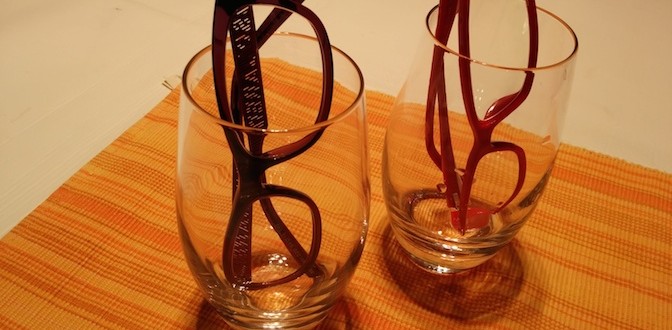Similar, the same, but different
In the first of a new series of blogposts on lexis and young learners, Anne Robinson, author of the Fun For series, explores how teachers can use similarities between words to make learning vocabulary fun and more memorable.
Anne is my _ame.
Tennis is my favourite _ame.
These words are not the _ame!
Which letters are missing from the sentences above?
In the first sentence, of course, it’s ‘g’ to complete ‘game’; in the second, ‘n’ from ‘name’; and in the third sentence, ‘s’ to make ‘same’.
Game, name and same are identical in spelling – apart from the first letter – and they are pronounced in the same way too (/eim/).
As teachers, we can point out how these small differences (in this case, the first letter) make a completely different word. Training students to notice things like this can help them when they come across other words which are spelt similarly.
To practise, and make the words relevant to them, students can use these words to ask and answer questions such as:
What’s the name of your favourite board game?
What’s the name of your favourite playground game?
Do you and your friends play the same computer games?
Other common letter and pronunciation patterns to focus on (all one syllable words) include _age, _all, _ave, _ell, _est, _old, _ook.
Another thing that learners need to know and to notice is that words can have more than one meaning.
If you heard someone talking about a mouse twenty five years ago, then you would automatically think of a small animal. But today, someone might say: ‘My mouse isn’t working’ and you wouldn’t think of an animal that’s taking a break or protesting. You’d think of a computer mouse and that maybe the battery needs changing.
Learning English is not just about learning new words, it’s also learning new things about words you know!
Which words are being described here?
In the English alphabet, there are 26 of these.
These are messages that you write and put in an envelope and send to someone.
Of course, we’re talking about letters! A, B, and C are letters. You write and send a letter to someone to tell them your news.
And here?
You wear these to see better.
We put drinks like juice in these.
Glasses!
We can help students remember these different meanings. Students can draw a computer mouse and draw a mouse’s eyes, ears, mouth and whiskers on it. Or why not put two pairs of glasses inside two glasses and take a photo! Give students letters (a, b, c) and tell them to open some envelopes and put the letters inside the letters! Or get them to read a letter and count how many letters there are in the letter!
How many letters in this letter?
(78 letters)
These visual representations can help students understand and remember different meanings.
And again, make sure to give students the chance to use the words to talk about themselves.
What colour is your computer mouse?
Is a mouse a nice / horrible / clever/ naughty animal?
What’s your favourite letter of the alphabet?
Do people in your family write letters or emails or texts?
Do you need glasses to read?
Where are the glasses in your house – in a cupboard in the kitchen?
Noticing spelling and pronunciation patterns in different words and different meanings of the same word is another useful habit to pass on to students.


